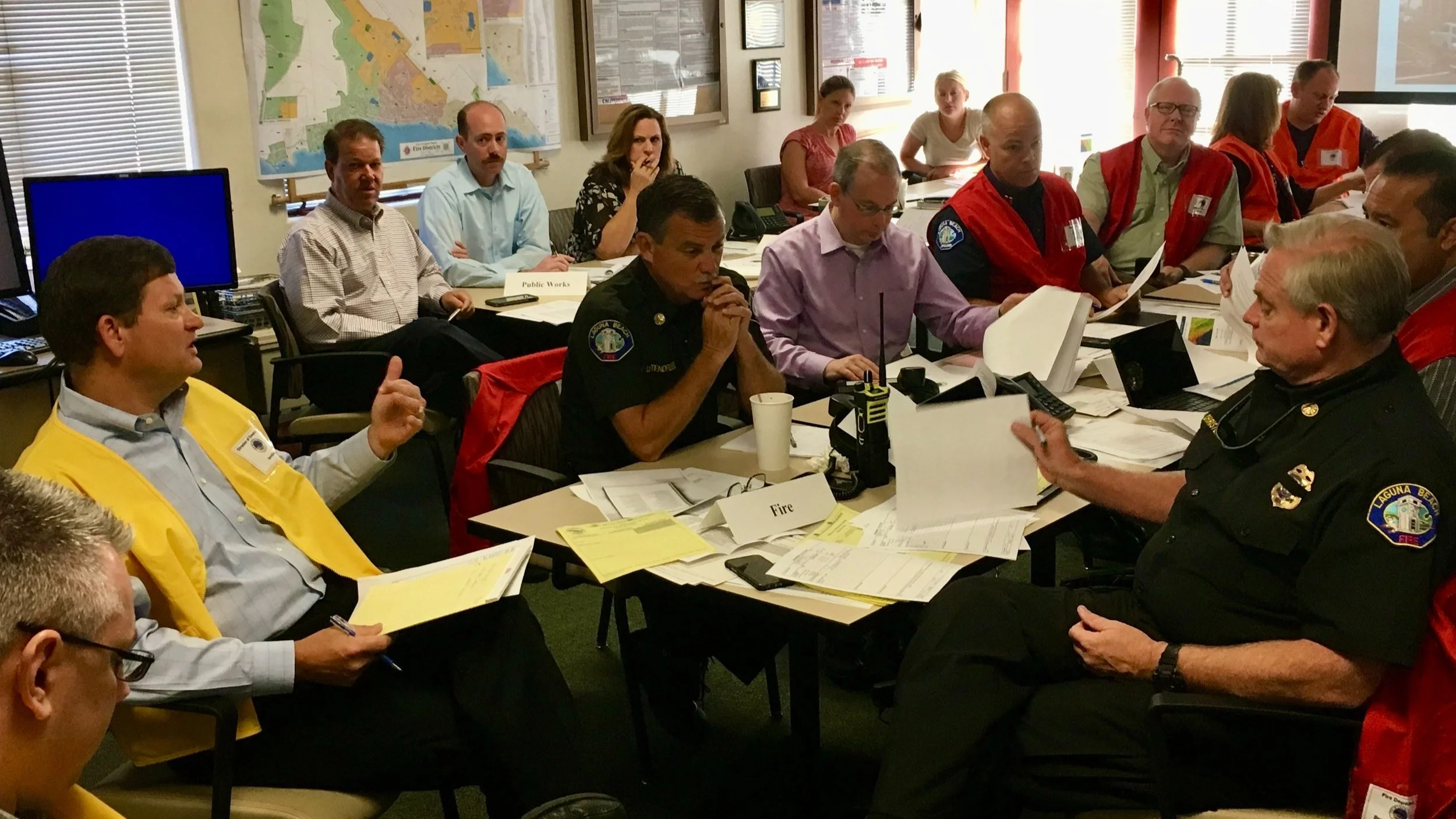HIGH-STAKES WORDSMITHING
CHALLENGE
Write accurate, urgent messages for three platforms within minutes of getting new information in a dynamic environment.
MY ROLE
During local emergencies, I was the conduit between the public and the people fixing the problem. It was a fast-paced job requiring information triage, task stacking, and choreographed teamwork.
PROCESS
Preparation. Communication. Evaluation.
Before an emergency, I developed a deep understanding of the audience, tools, and institutional priorities. During an emergency, I wrote with a conversant but confident tone. This included driving messaging based on users' DMs, tweets, and texts. I had only precise, frugal interactions with colleagues, which meant I depended on my prep work and trusted my team. After each emergency: Together with the team, I looked carefully at what worked, and what didn’t to revise our preparation for the next time.
Strategy
Write brief, plain-language messages and send them quickly. Avoid government jargon. Define expectations when possible. I established the organization’s tone for emergency posts: clear, concise, and empathetic.
Results
We measured a 75% decrease in complaints during the first 24 hours of crisis during the first major incident. With each successive emergency, messaging improved, and the public praised the City’s communication efforts more. Subscribers to our text messaging system increased, growing from 9,000 to more than 13,000 during my time in this role. Residents also spoke publically about their appreciation for clear communication during a crisis.
This impact was not an accident. After each incident, we examined every text, tweet, and post and captured our results in an After-Action Report.
More
This is one case study about writing content for the public, but I have more! Ask me about the rubric I designed to guide responses to negative comments on Nextdoor, or the 138-character text messages I sent to 13,000 subscribers.
